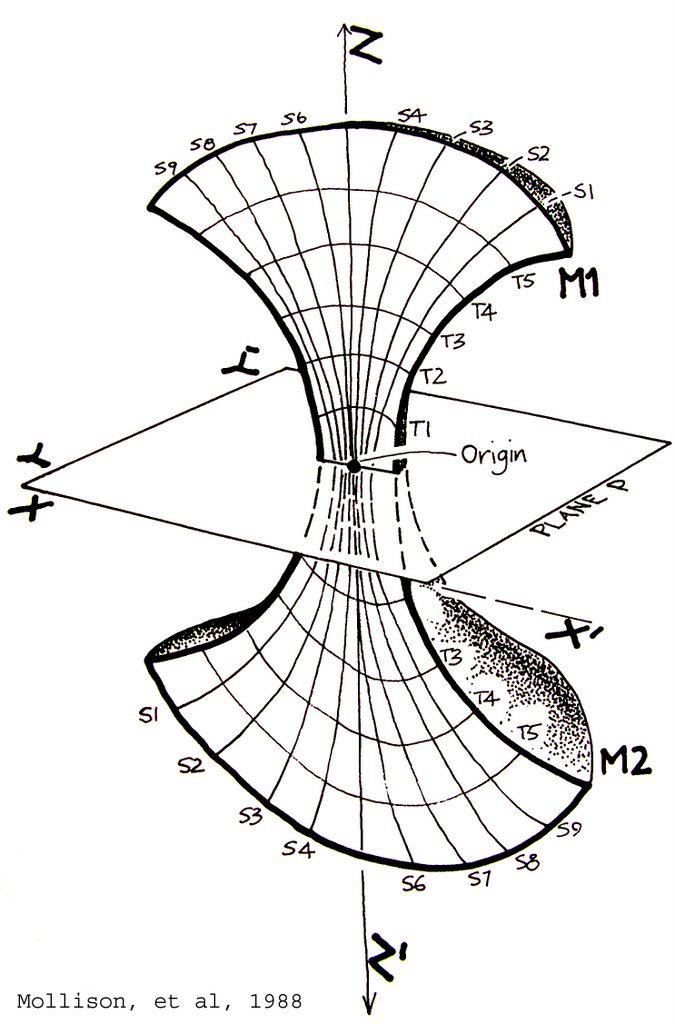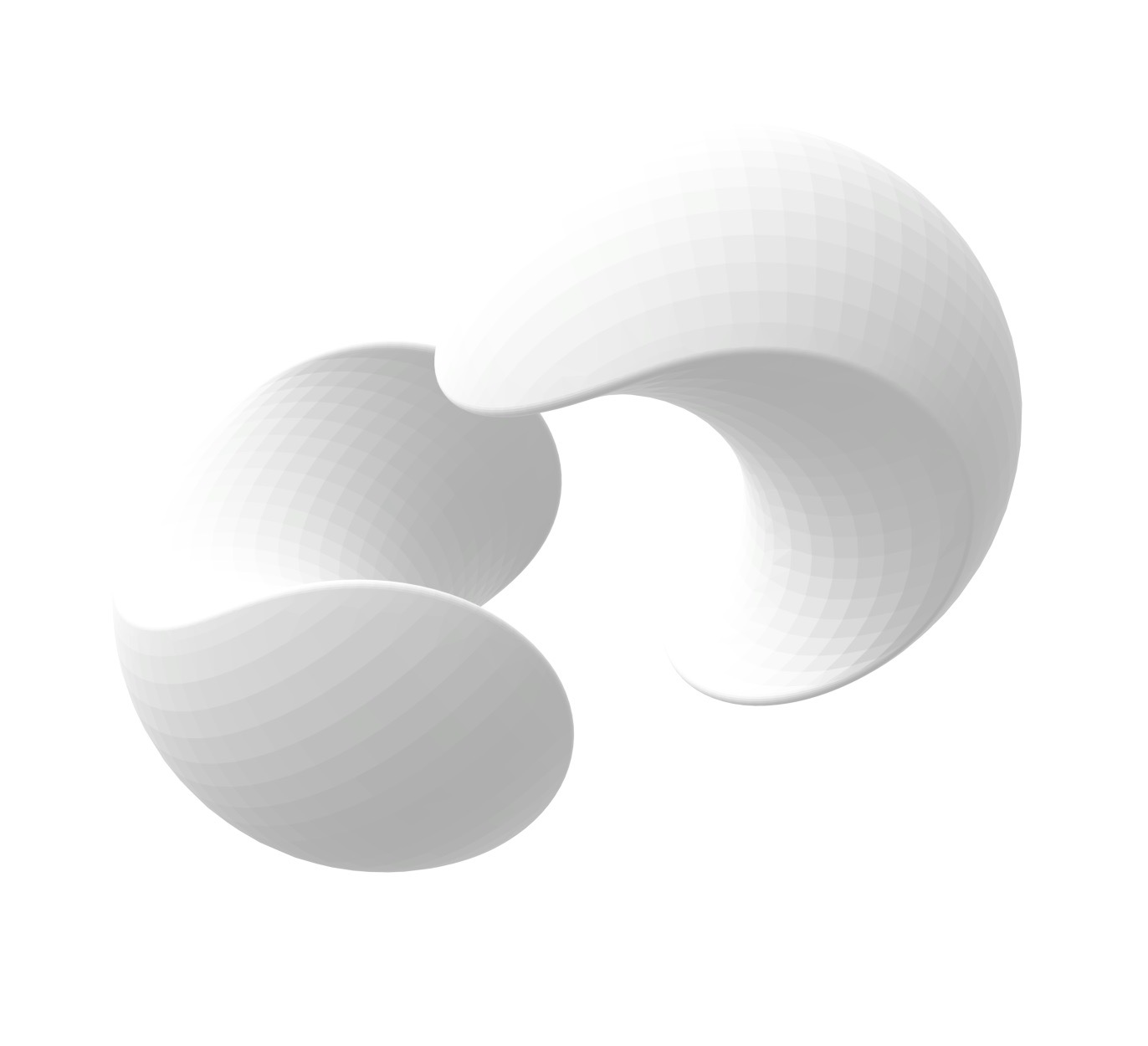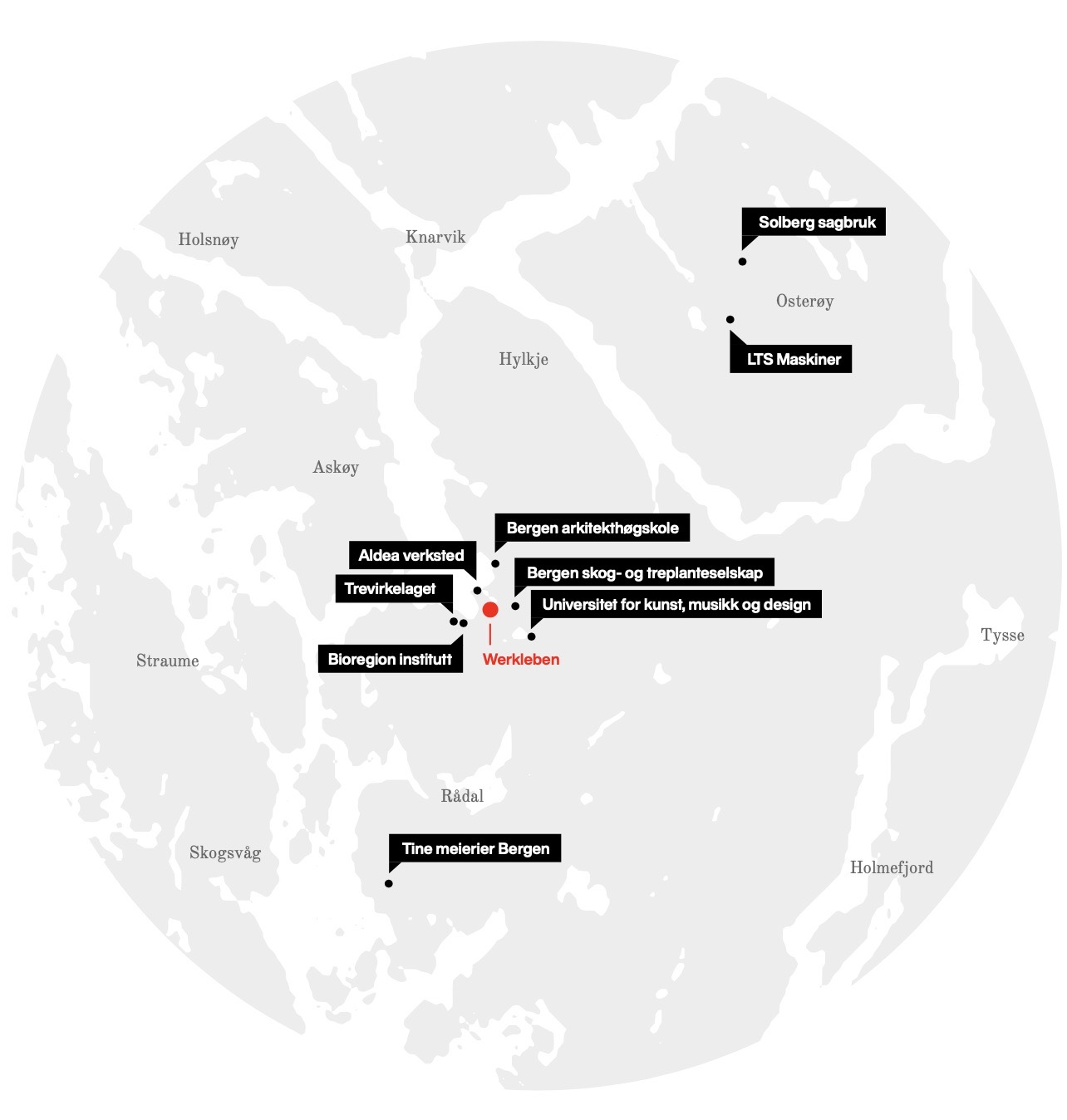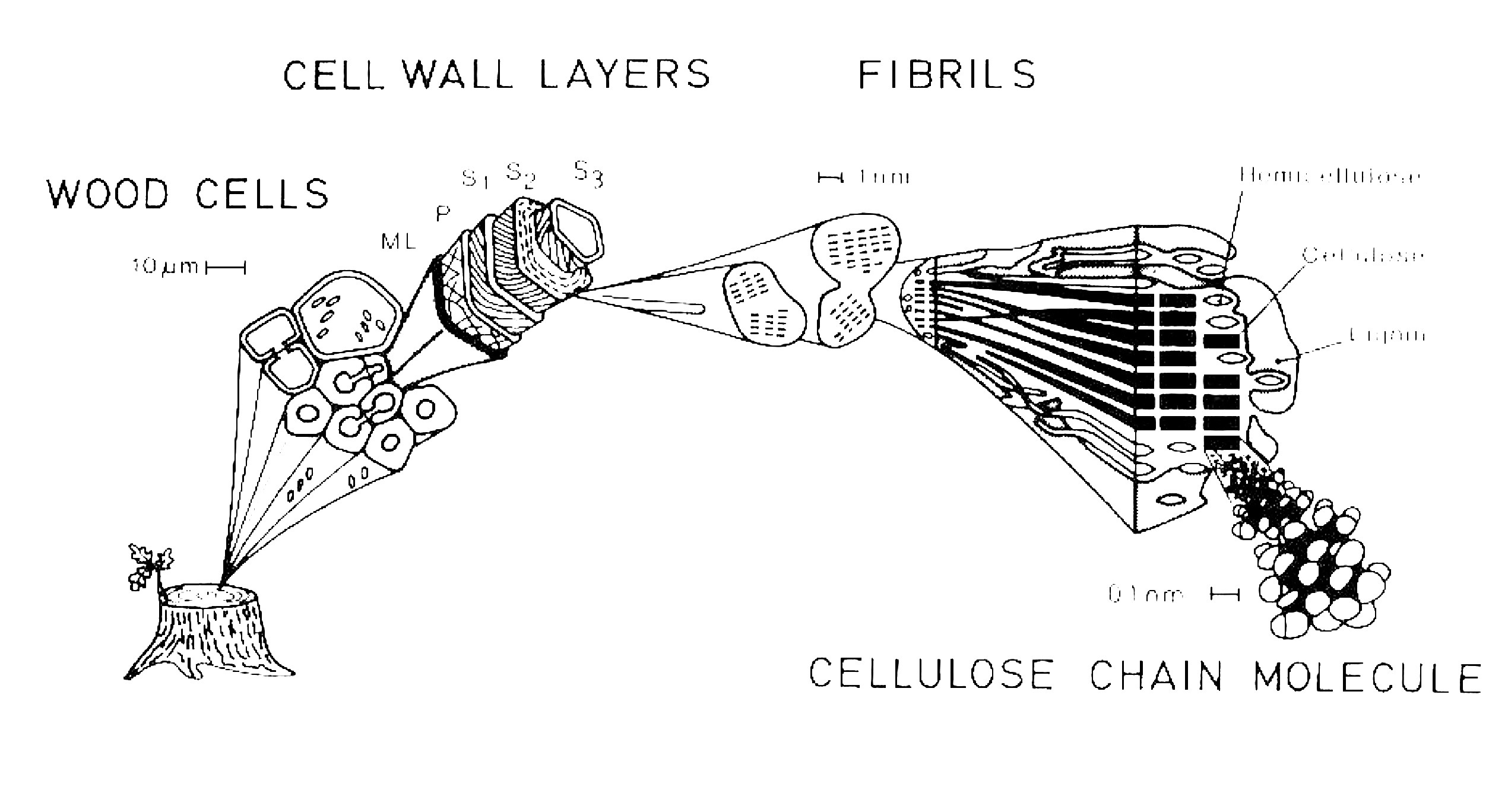
core model
the so called core model, which translates to a 3 dimension torus, is a pattern that Bill Mollison
(Permaculture: A Designers' Manual, pub.1988) spoke widely of because of its transformative energy
“the green photosynthesizing top of a tree is connected to a trunk of sturdiness while its anchor lies below with the roots firmly planted in the ground to hold the weight of it all and deal with the forces of nature. the two connect to share resources and exchange inwardly within the tree systems itself but connect further to biodiversity such as birds and bacteria and also cycles like the hydrological and carbon cycle.”

another interesting side of the core model pattern is that when paired together, they form spheres. a sphere is a very special shape because it is the shape that can hold the most amount of matter (volume) for the the least amount of surface area. In other words, it is a perfect example of efficient use of space and resources.

gaia theory
the earth is more then just a home, it is a living system and we are part of it
James Lovelock (1919 - 2022)
the gaia theory or the gaia principle, proposes that all living organisms interact with their surroundings on earth to form a synergistic and self-regulating, complex system that helps to maintain and perpetuate the conditions for life on the planet.
the hypothesis was formulated by the chemist James Lovelock and co-developed by the microbiologist Lynn Margulis in the 1970s. Lovelock named the idea after Gaia, the goddess who personified the earth in greek mythology

gaia model
so in a world of abundance it will be necessary to develop a more circular society to maintain and secure the opportunities of our and future generations. design of the future should generate local value chains with a focus on cyclical processes
when working with wood, one is easily left with a minimum of thirty to fifty per cent off-cuts, wood chips and saw dust.

in the ‘design like a forest’ project we will be investigating the possibilities of making a biodegradable wood composite material, consisting of natural wood fiber based resources. imagine 'liquid' wood that can be poured, shaped, casted and moulded.
I believe that excellence in design is complemented by excellence in research that advances material understanding, drives development of innovative tools and techniques, and pushes forward artistic endeavor.

I also believe that design, crafts and making are vital to our society, culture and economy. through engagement with materials and ideas, we develop creativity, inventiveness, problem- solving and practical intelligence. collaborating and exercising through design and crafts develops valued skills for all and nurtures skills of communication and creativity.

a bio-region is a geographical area, not defined by political or national borders, but by it’s natural eco-system where peoples prosperity, biodiversity and natural resources are interdependent, it is also about identity and belonging. traditionally local communities were circular by essence. thanks to simple transformation and local knowledge, everything was used and produced with nearly no waste. in contrast, the linear industrial system produces waste all through its value chains.
........
a bio-composite is a composite material formed by a matrix (resin) and a reinforcement of natural fibers. the matrix is formed by polymers derived from renewable resources. the matrix is important to protect the fibers from environmental degradation and mechanical damage, to hold the fibers together and to transfer the loads on it. in addition, bio fibers are the principal components of bio-composites, which are derived from biological origins, for example fibers from cotton, flax, hemp, recycled wood, waste paper or regenerated cellulose fiber.

lignin is a class of complex organic polymers that form key structural materials in the support tissues of most plants. lignin is particularly important in the formation of cell walls, especially in wood and bark, because they lend rigidity and do not rot easily.

natural adhesives or binding agnets are made from organic sources such as vegetable starch, natural resins, or animals e.g. the milk protein casein. these are often referred to as bioadhesives. the principal ingredients of a casein glue for example are casein, water, hydrated lime, and sodium hydroxide.
instagram: @philipp.vonhase
